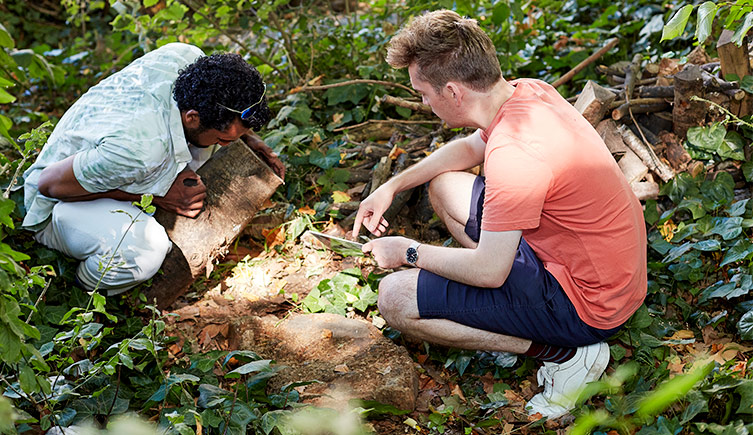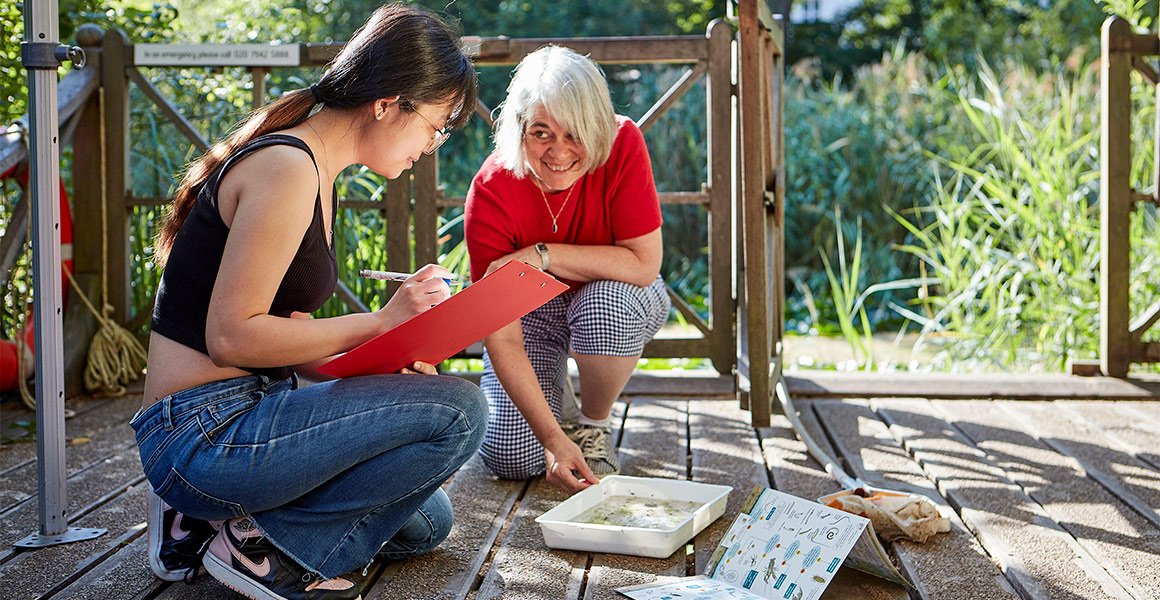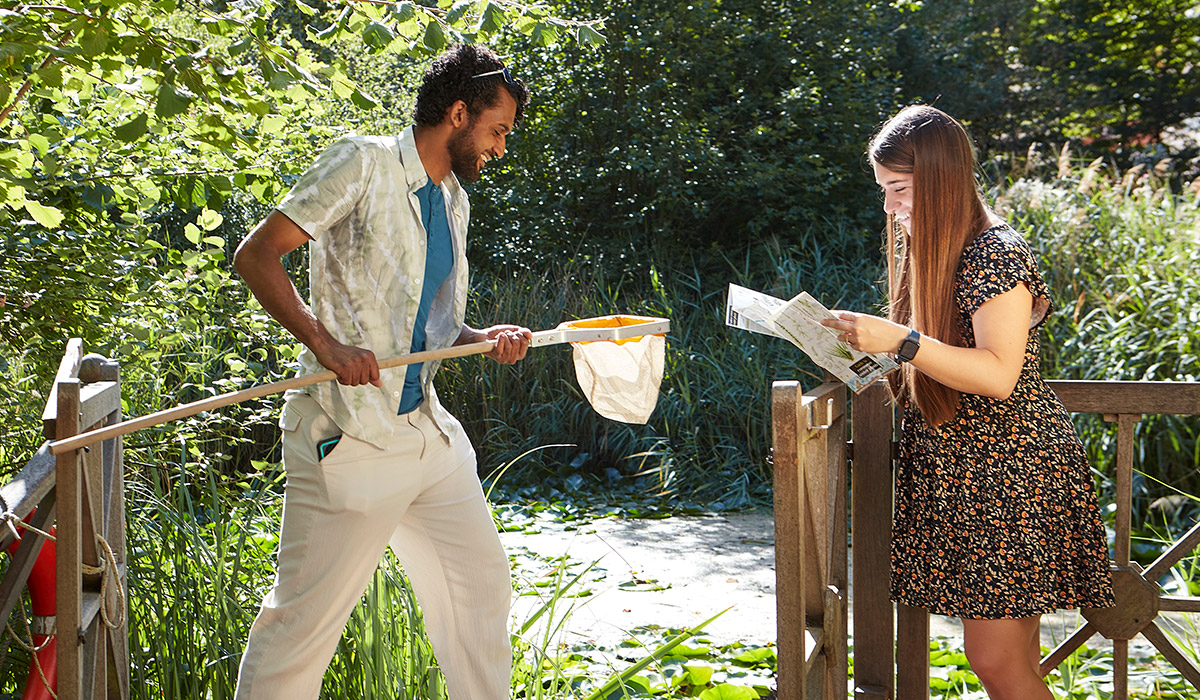Ways to help your local wildlife
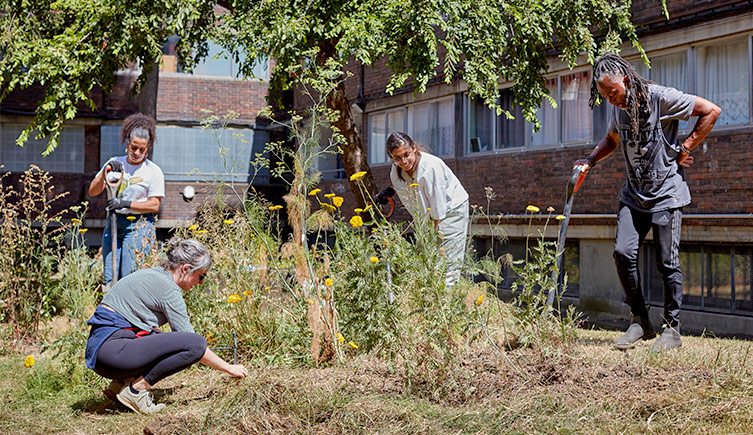
If you have done some wildlife surveys, shared your records, and perhaps looked at some records from the wider local area, you may want to think about what kinds of actions you could now take to benefit your local wildlife.
If you have access to a garden, community greenspace or even a balcony, there are improvements you can make even in the smallest of spaces.
What will be the most suitable action depends on the site, its existing wildlife and the local conditions. However, there are some key resources you can provide to support all parts of many species’ life cycles.
A good quality habitat needs to include:
- Food: All wildlife needs suitable food. This could include nectar, vegetation, berries and fruits, seeds, suitable prey, and much more. Think about what species groups you want to attract and see what kinds of food resources they might need.
- Water: Providing water supports wildlife in a range of ways: from giving small mammals and birds somewhere to drink and bathe, to providing a breeding habitat for amphibians and invertebrates.
- Shelter: Animals need suitable shelter to rest and to retreat from predators, human disturbance and environmental conditions. Many species also need somewhere to hibernate.
- Breeding habitat: In order to breed, animals need opportunities to find other members of their species, build nests, create burrows, or lay eggs, for example. Plants may need specific or generalist pollinators in order to reproduce, as well as suitable dispersal opportunities such as bare ground.
- Connectivity: Wildlife needs to be able to move freely between all of the above resources, as well as throughout the landscape. Providing green corridors of suitable habitat is important in order to reduce habitat fragmentation and ensure the survival of populations.
Suggestions and further support
Below, we've listed three case studies of how someone could identify a target local species and then support it. For further advice and resources from UK conservation and research organisations, view our page on Where to go for more advice on helping wildlife.
Using biological records to inform your actions: three case studies
To give you some ideas, here are some examples of species groups you may have recorded, or know to be in your local area, followed by some of the ways you can support all parts of these animals’ life cycles:
Case study one: Amphibians
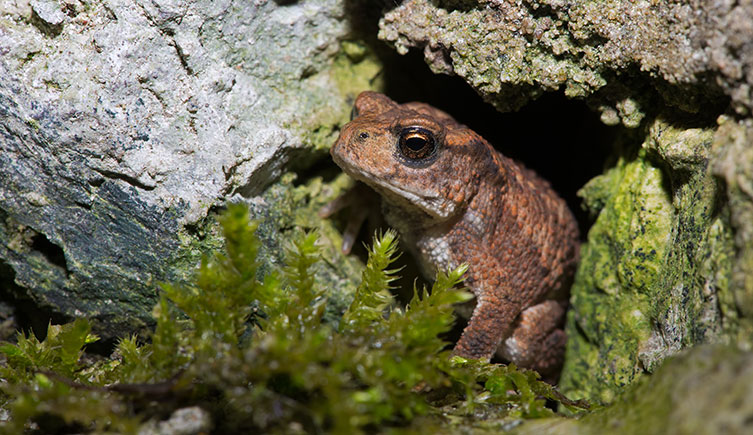
Amphibians look for places to shelter, such as this common toad (Bufo bufo) in a crevice ©davemhuntphotography/Shutterstock.com
You may have contacted your local amphibian and reptile group, or searched the Record Pool and seen that there are records of amphibians, such as smooth newt or common toad, close to your green space. Here are some ways you can provide year-round opportunities for amphibians:
💧 A wildlife pond will provide multiple resources for amphibians: a place to breed and lay eggs or spawn, a source of food in the form of invertebrate prey, shelter amongst plants and substrates, and a place to hibernate at the base of the pond.
🌿 Amphibians spend a large proportion of the year on land. Structured vegetation such as long tussocky grassland, scrub, woodland ground flora and even flower beds will provide suitable terrestrial habitat for foraging and sheltering amphibians.
🪵Features such as log piles (PDF 1.0MB), tree stumps and small piles of stones or rockeries will provide additional shelter, or ‘refugia’. These will provide opportunities for amphibians to retreat from predators, keep themselves from drying out, forage on invertebrates, and hibernate or brumate in the winter.
Purpose-built hibernacula (PDF 2.0MB) can also be constructed: these are features comprising logs, tree roots and rubble which are partially buried in the ground.
🐸 All of the above resources should be well connected to each other by suitable habitat, with no barriers to amphibian dispersal. Barriers can include roads, walls and fences flush to the ground, gully pots or drains with no escape route, or fast flowing waterbodies.
Amphibian populations will thrive if there is habitat connectivity to other nearby green spaces, foraging opportunities, shelter and suitable ponds: this increases the breeding opportunities and widens the gene pool, reducing the risk of local extinctions.
Advice on creating habitats for amphibians can be found via organisations such as Froglife, Amphibian and Reptile Conservation and the Freshwater Habitats Trust.
Case study two: Butterflies and moths
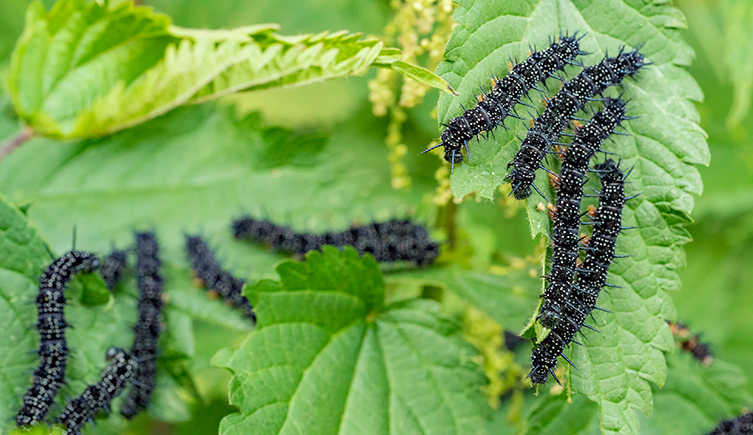
Caterpillars need suitable food - such as these peacock butterfly caterpillars feeding on stinging nettles ©Prill/Shutterstock.com
You may have carried out some pollinator surveys, such as a Flower-Insect Timed (FIT) Count, or a butterfly survey such as the Big Butterfly Count, and spotted a range of butterflies and moths which you have been able to identify. To support them year-round, you could provide the following:
🦋 Adult butterflies generally need warm, sheltered, sunny patches with a nectar source. You can research the nectar sources of different UK butterfly species to help you choose what to plant. Not all moths drinks nectar, and some will utilise the same floral resources that you plant for butterflies. However, planting flowers that give off scent at night will help attract some moths.
🐛 Butterflies and moths will often lay their eggs on a suitable plant that the hatchling caterpillar will eat. Caterpillars require suitable food plants growing in the right conditions, as well as a sheltered area to pupate before they emerge as adults. Some species pupate on their food plant, and some burrow into the ground or create a cocoon.
You can learn about the larval food plants of the UK’s moths and butterflies by searching for the species you want to provide for on the Butterfly Conservation website: the A-Z of butterflies and moths provide species accounts including caterpillar food plants. You can also browse a directory of butterfly larval food plants. These resources can help you choose which plants to grow or maintain in your green space.
❄️ Overwintering habitat is also required for butterflies and moths at all stages of the life cycle, as many go through a period of dormancy in the winter.
Suitable habitat can include leaf litter and other plant debris, or unheated buildings such as porches, sheds and garages – make sure there is an exit from these kinds of structures for butterflies and moths to emerge in the spring. The A-Z of butterflies and moths can tell you about the overwintering habits of each species.
💧 A small water feature, such as a container pond, will provide opportunities for butterflies to drink. You can include some partially submerged stones or sticks to act as a perch.
🗺️ Connectivity is crucial, and all of these habitats need to be in close proximity to each other to support the species year-round.
These factsheets from Butterfly Conservation provide some brilliant advice on creating habitat for butterflies and moths in urban areas. They also have some great advice around creating habitat features and gardening for butterflies and moths.
Case study three: Bats
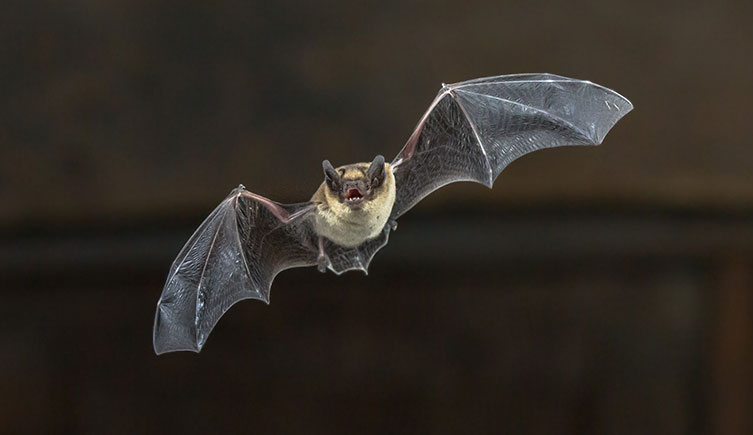
The common pipistrelle (Pipistrellus pipistrellus) is widespread across the whole UK © Rudmer Zwerver/ Shutterstock.com
You may have carried out the Sunset Survey and spotted some bats foraging in your local area. You can provide resources for bats in several ways:
🌙 Bats in the UK are nocturnal, so minimise any unnecessary artificial lighting to provide dark areas for bats to forage and commute. Artificial lighting will deter most species of bat, as they become more vulnerable to predators when they can be seen: this can delay or prevent them emerging from their roosts and affect bat foraging and commuting behaviour.
If lighting is required for safety, keep it at a low level, directional, downward-pointing and away from any potential bat roosts and mature vegetation where bats could forage. Having short timers and motion-sensors on lights will also reduce the time the site is lit. You can find out more technical detail on bats and artificial lighting from the Bat Conservation Trust (BCT).
🌼 All the UK’s native bats eat insect prey such as moths and midges. To attract night-flying insects for bats to forage on, plant a range of nectar-rich plants in your green space.
Linear features such as hedgerows and treelines are used by bats to navigate and forage: if you have space to create these, plant a mixture of native tree and shrub species suitable to the local conditions. If you don’t have the space for trees, growing your lawn longer, adding more nectar-rich plants to your flower beds or planting in pots can also benefit bats.
💧 You could also create a pond to attract insects for bats to forage on.
🦇 You may have a suitable building or a mature tree on which you could mount a bat box to provide a roosting location. You can read about different types of bat box, where to position them and how to maintain them on the Bat Conservation Trust website.
Bat boxes need to be positioned in a sheltered location, away from artificial light and close to suitable vegetation. They should not be put up in residential areas where there is a high population of domestic cats, due to the predation risk.
More information on encouraging bats can be found in this Bat Conservation Trust factsheet (PDF 1.0MB).

